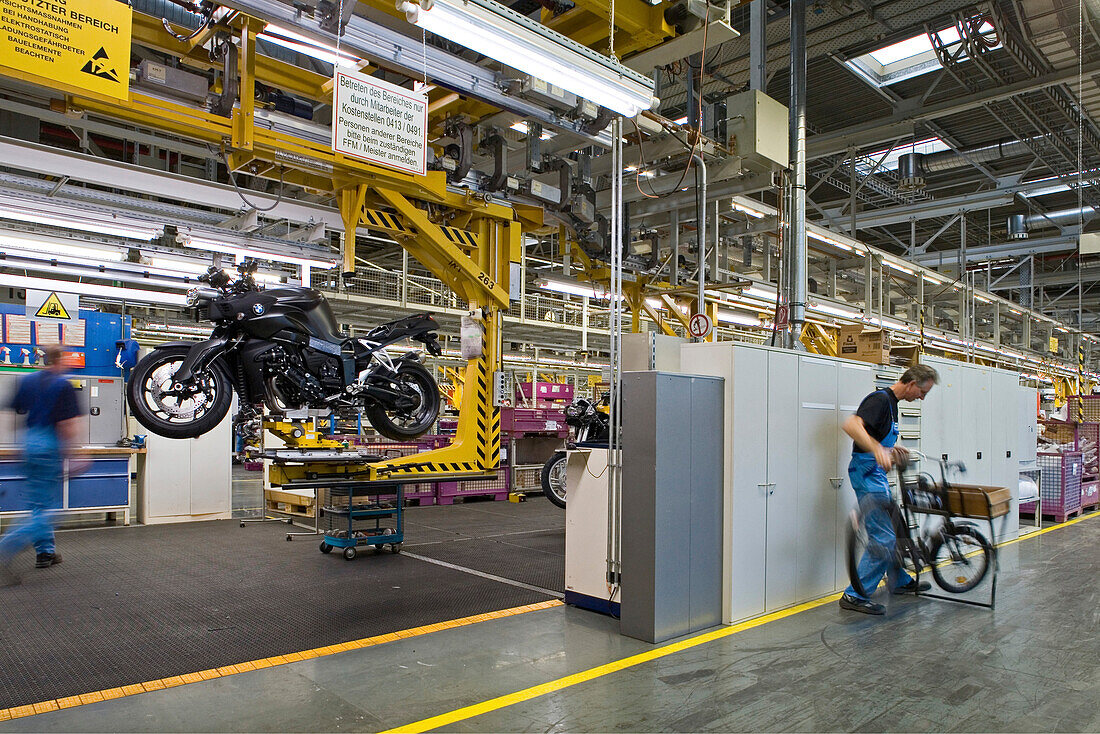
Boost Your Motorcycle Paint Line Efficiency with StroboX
Share
In the fast-paced world of motorcycle manufacturing, ensuring efficiency in the painting process is crucial for both quality and speed. The introduction of cutting-edge technologies plays a vital role in enhancing productivity. One such innovative solution is StroboX, which revolutionizes how we think about motorcycle paint line efficiency. But what exactly can this technology offer?
As tech professionals and enthusiasts, understanding the dynamics of painting techniques and technology can significantly elevate your production line. This article will delve into the various ways to boost your motorcycle paint line efficiency with StroboX while equipping you with the knowledge needed to make informed decisions.

What is StroboX?
StroboX is a state-of-the-art technology designed to optimize the motorcycle painting process. It utilizes advanced sensors and automation systems that streamline production. The result? A consistent finish that maintains quality while cutting down on time and waste. This is particularly advantageous in motorcycle manufacturing, where precision and aesthetics are paramount.
Benefits of Implementing StroboX
When considering the gradual shift towards tech-enhanced production lines, the benefits of implementing StroboX are manifold:
- Increased speed: StroboX automates various stages of the painting process, allowing for faster application and drying times.
- Consistency: The technology ensures uniform paint application, eliminating the common issues of drips or uneven finishes.
- Reduced waste: By precisely controlling the paint usage, StroboX minimizes excess material, saving costs and resources.
- Quality control: Integrated monitoring systems provide real-time feedback to maintain high standards throughout the process.
How StroboX Integrates with Current Systems
For many manufacturers, a significant concern lies in how new technology can be integrated into existing systems. StroboX is designed with compatibility in mind, making it easy to implement alongside current paint lines. Whether you are working with traditional systems or more advanced setups, StroboX can adapt to meet your needs.
Furthermore, the setup process involves minimal disruption, ensuring that production can continue smoothly during installation. Many manufacturers find the transition seamless and are often pleasantly surprised by the immediate results.
Real-world Applications of StroboX
Several manufacturers have already begun leveraging StroboX to enhance their motorcycle paint lines. For instance, a leading motorcycle manufacturer reported that, after integrating StroboX, they increased their output by 30% while reducing paint material costs by 15%. Such metrics illustrate the profound impact that adopting new technologies can have.
To further illustrate the application's scope, different manufacturers have used StroboX to experiment with unique paint finishes and colors, achieving customizations that were previously considered too time-consuming.
Steps to Implement StroboX in Your Production Line
If you are considering implementing this technology, here are some steps to ensure a smooth transition:
- Assess your current system: Determine what aspects of your production line need improvement and how StroboX can fit into these areas.
- Invest in training: Ensure that your team is adequately trained on how to use StroboX, as this will significantly enhance efficiency.
- Start small: Implement StroboX in a pilot program to measure its impact before a full-scale rollout.
- Gather feedback: Encourage team members to provide feedback on the new system to identify any areas for fine-tuning.
Additional Resources for Motorcycle Painting
For those interested in expanding their knowledge about motorcycle painting, numerous resources are available. Articles such as How to Paint a Motorcycle Matte Black and How to Fix Chipped Paint on Motorcycle provide great insights on different painting techniques.
Moreover, you can also check the guide on How to Paint a Motorcycle for comprehensive instructions on the subject.

Addressing Common Concerns
As with any new technology, some concerns may arise among team members about the transition. Common questions include:
- Will StroboX reduce jobs? While automation can alter job roles, it often shifts focus to more skilled tasks, fostering a more knowledgeable workforce.
- Is StroboX expensive? While the initial investment can be significant, the long-term savings on material costs and efficiency often justify the expenditure.
- How much training is required? The user-friendly interface of StroboX minimizes the learning curve, but dedicated training sessions are encouraged to maximize potential.
FAQs
1. What industries can benefit from StroboX?
StroboX is not limited to just motorcycle manufacturing; it can be utilized across various industries where precision painting is required, such as automotive and aerospace.
2. What support is available for manufacturers using StroboX?
Most vendors provide extensive support, including troubleshooting, maintenance, and updates for the technology.
3. Are there any warranties for StroboX?
Typically, vendors offer warranties alongside their products, ensuring that manufacturers can rely on their investment.
By embracing technologies like StroboX, manufacturers can find themselves at the forefront of innovation. It's an exciting time for motorcycle production as increased efficiency in painting processes leads to enhanced creativity paving the way for the next generation of motorcycle aesthetics.
